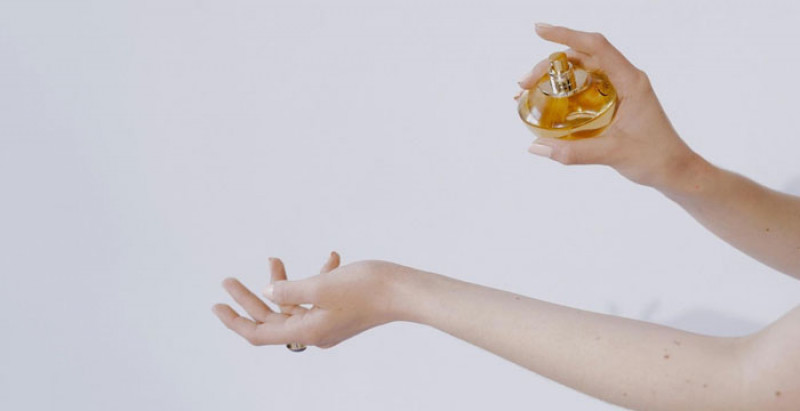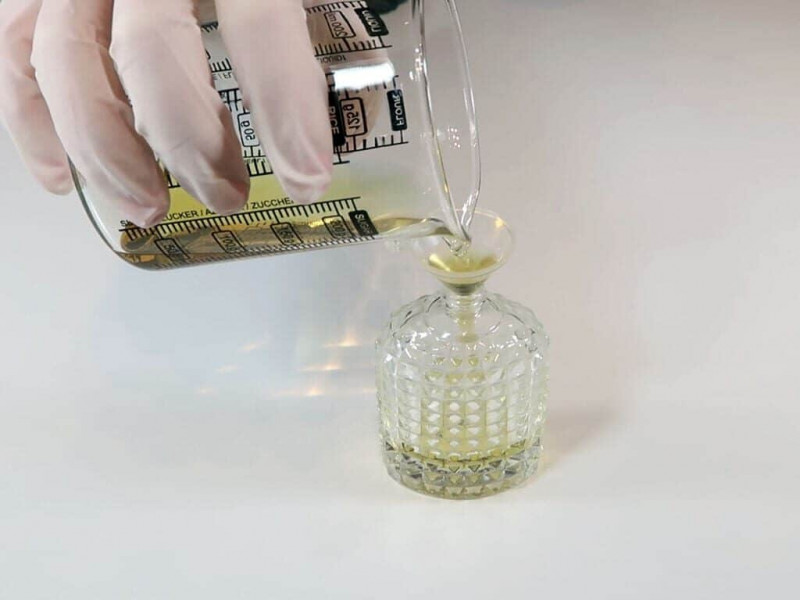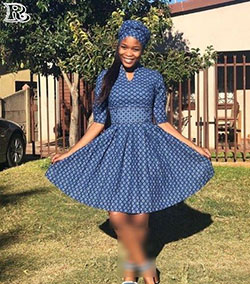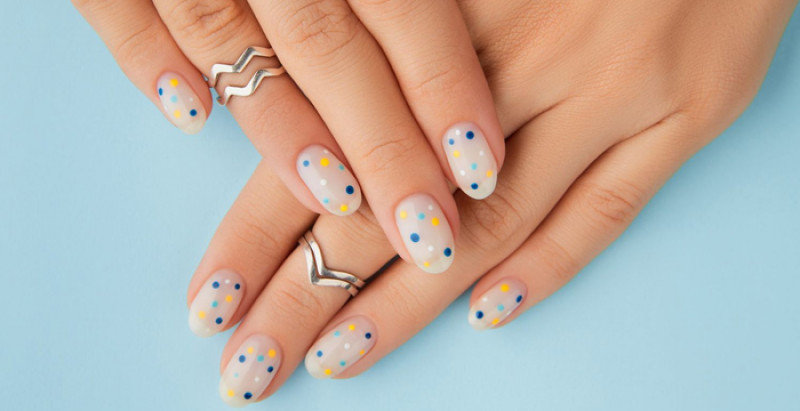
Making your perfume is a rewarding creative process that allows you to craft fragrances tailored exactly to your tastes and preferences. By combining natural essential oils, extracts, and carrier oils, you can experiment with different scent profiles and concentrations until the perfect blend is achieved. With a little exploration and experimentation, developing homemade perfumes is both an enriching hobby and a way to produce all-natural fragrances free from synthetic ingredients.
Gathering Inspiration from Nature's Bounty
When making perfume at home, the first step is sourcing natural ingredients that appeal to your olfactory senses. A wide variety of essential oils, carrier oils, floral waters, and other plant extracts lend themselves beautifully to perfume-making. Check fragrance notes like citrus, floral, woodsy, or herbal for inspiration. Some excellent choices include lavender, rose, vanilla, sandalwood, bergamot, and ylang-ylang essential oils. Sweet almond, jojoba, and coconut carrier oils are versatile bases that contribute their own subtle notes. Once you've selected a handful of scents to try out, it's time to start layering these perfume accords.
Understanding the Layering of Fragrance Notes
Crafting perfume involves skillfully layering different fragrance notes that evolve. The top notes are vibrant, light scents like citrus or floral that are immediately detectable. As the perfume develops, middle notes like jasmine, geranium or patchouli emerge, accentuating the heart of the scent. Base notes are deeper, heavier aromas like musk, cedarwood or benzoin that anchor and prolong the fragrance's longevity. By thoughtfully choosing ingredients from each category, you ensure your creation has dimension, complexity and a harmonious flow from opening to dry down.
Developing Cohesion through Proportion Play

Just as in cooking, the magic of perfume-making lies in achieving balance. Developing the ideal proportions takes experimentation to produce a perfectly cohesive blend. Start by choosing a keynote you want as the focal point, then add supporting top and middle notes to accentuate different facets without overpowering the star. A couple drops of this and a few of that allow you to build volume gradually. Too much of a single note creates dissonance, while too little leaves the creation faint or flat. Write down formulations tested so successful blends can be replicated. With trial and error, you'll gain an intuitive feel for natural layering.
Mastering Blending Techniques
Once ingredients are selected, it’s time to blend them into a harmonious fragrance. Essential oils and extracts should be blended at low heat with a carrier oil like sweet almond to enhance their therapeutic properties and fix their aromatic compounds. Alternately, the solvent method diffuses scents at room temperature. Test blends on skin with a 1-2% dilution until the ideal strength is achieved. Layer scents throughout the blending process, giving each 1-2 minutes to shine before adding the next. Proper aging and maceration allow accords to deepen. Your blending acumen will evolve with your experience creating personalized natural perfumes.
Choosing the Right Foundation
The carrier oil forms the non-fragrant base into which essential oils and other aromatics are blended. It ultimately bears the fragrance and applies it to the skin smoothly. Light carriers like jojoba slowly release scent while coconut and sweet almond moisturize. Carrier selection depends on desired properties and congruence with fragrance notes. Heavier oils give a richer, balmier feel while lightweight oils impart an airier effect. Sample carriers to determine which enhances without competing with your fragrance profile. A good match here guarantees a harmonious overall blend.
Storing and Aging Creations to Perfection
Homemade perfumes should be stored safely in dark glass bottles away from light, heat and vibrations to preserve freshness. Over weeks or months, blended scents will unite and strengthen through maceration—the magical process of deepening and rounding out fragrance harmonies. Revisit creations periodically to appreciate their evolution when aged properly. Well-sealed containers kept in cool, dark places like a drawer or cabinet allow scents to peacefully mature into their best form over months. Your personalized perfumes can then be enjoyed and gifted knowing care went into every aspect of their handcrafted development.
Adding Personal Touches
Completing the homemade perfume experience means personalizing the presentation. Affixing custom labels imparts identity while protecting content information. Include descriptions of formulations for future reference. Bottles or jars in coordinating colors or materials complete the customized aesthetic. Decorate with ribbon, dried botanicals or other natural adornments. These personal flourishes transform your creations into meaningful luxury items that show recipients the care you invest in craft, wellness, and gift-giving through natural perfumery. Developing these sustainable fragrances is creatively fulfilling from start to personalized finish.
Conclusion:-
Some key aspects to remember when crafting personalized natural perfumes are choosing high-quality ingredients, understanding fragrance layering techniques, experimenting with blending proportions, applying proper storage methods, and adding personalized touches to complete the experience. With exploration and practice developing homemade perfumes, you'll gain confidence in your abilities to tailor completely bespoke fragrances nourished by nature's bounty.















